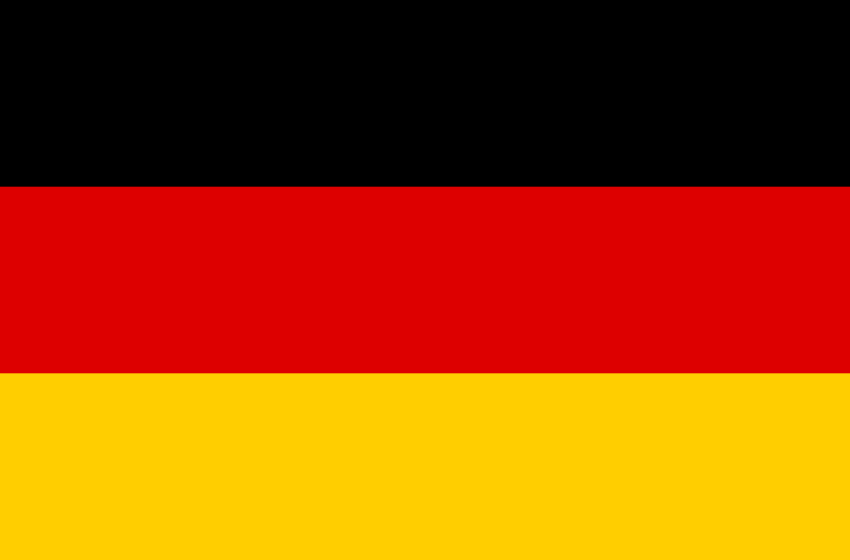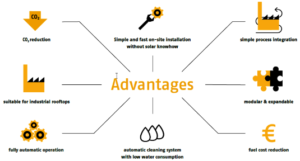Solar Cooling: German Fraunhofer ISE compares PV and Solar Thermal
February 14, 2011
Over the last 5 years, the number of installed solar cooling systems worldwide increased tenfold. The main obstacles for a more pervasive and faster market development are high upfront costs and lack of experience among main stakeholders, such as planners and architects. Based on various simulations, German institute Fraunhofer ISE analysed the saved primary energy and total annual costs of solar thermal, photovoltaic and conventional solutions for heating and cooling by using the example of a hotel in Madrid (see attached presentation).
The following solutions were part of the ISE simulations:
- Reference system with a gas condensing boiler and compression chiller
- Solar thermal systems with 100, 200 and 500 m² of collector area for heating and hot water (blue column on the left))
- Solar thermal systems with the same collector area as in the second item and additionally a thermally driven chiller (cooling capacity 10, 20 and 40 kW) (dark blue columns in the middle)
- Reference system with an additional network-connected PV system in three different sizes (8, 40 and 80 kWp) (purple columns on the right).
Among others, the following conclusions were drawn by Hans-Martin Henning, Deputy Director at the Fraunhofer ISE and solar cooling specialist, at the Eurosun 2010 in Graz, Austria:
- A large solar heating & cooling system with an overall solar fraction of about 65 % leads to an increase of the total annual costs of about 4 % compared to the reference system.
- A large PV field with a similar area leads to a higher primary energy saving at a lower increase in total annual costs.
- The large solar thermal heating & cooling system is the only system which leads to a reduction in peak electricity consumption of about 8 %.
“First, it is important to note that our results relate to a particular application in a particular location,” Henning explained on further inquiry. “Another load structure at a different location would provide different results.” But with the help of the example, it is possible to identify common strengths and weaknesses of individual system solutions.
“The biggest problem for large solar thermal plants is the missing network for surplus energy,” Henning added. “In our case, the energy can only be stored from noon to the evening hours, typically throughout the peak times of the hotel. Especially in spring and autumn, high energy gains can be achieved with solar thermal plants, but there is no corresponding load. Due to lack of feed-in and storage options, the large collector systems in our example don’t pay off during their expected lifetime of 20 years. ”
In contrast, the smaller solar thermal systems (example: 200 m² with a small absorption chiller and a cooling capacity of 10 or 20 kW) show a better performance in terms of costs and saving primary energy, even compared to an equal PV solution. The reason is that with smaller solar shares, the solar energy can be put to use almost entirely.
Under today’s conditions, the great advantage of a PV solution is that a surplus in energy generation can be fed into a grid. In order to create a fair comparison, the simulations base on scenarios that do not include benefits gained from incentive mechanisms. Nevertheless, they were calculated with a compensation for the fed-in electricity of 0.075 EUR/kWh (equal to 50 % of the approved purchase price for a kilowatt hour).
Because of the possibility of feeding electricity into a grid, the 80-kWp PV system performs better in Henning’s example than a solar thermal system of the same size. The PV-generated electricity is used for the hotel’s air conditioning and electricity demand. Only surplus energy is fed into the grid. However, current supply and demand do not correlate in the best way: The PV system is producing a surplus around noon that has to be delivered to the grid, whereas the hotel needs additional power from the grid at evening hours. In contrast, the energy from the solar thermal system can be stored for consumption in the evening – reducing the peak electricity demand during those hours.
More information:
http://www.ise.fraunhofer.de/


